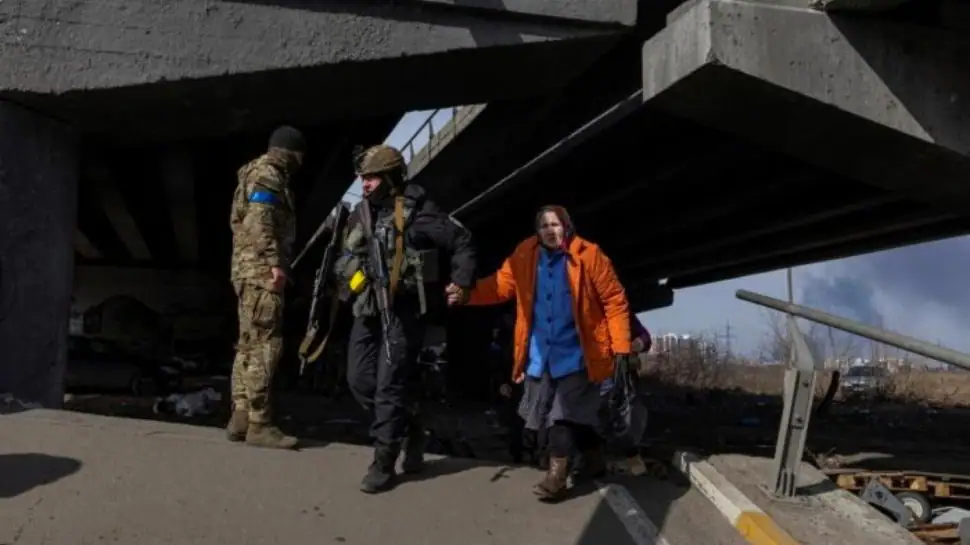New Delhi: Should we move beyond the politics of bandhs and protests and think of evolving novel measures in these changing times? The Bharat Bandh call given by farmers has given enough food for thought to think of the relevance of such protests in the era of WiFi and technological innovations. Closing the entire country in the name of protests, wherein markets are closed and movement on the roads is halted, causing heavy economic losses to the nation. This archaic practice used to be effective during the British era when we were fighting for our independence, but now political parties and other organizations should think of modern and positive methods of movements.
In support of farmers’ call for the Bharat Bandh, as many as 20 opposition parties, but this report would like to draw your attention to any such movement or protest that could achieve its desired success in the recent past. In the 73-year history of independent India, if any movement could manage to achieve success it was merely for a limited period.
During the Bharat Bandh, protests took place in many cities across the country but its effect was mixed. In those states where there are governments of opposition parties, attempts were made to make the bandh successful, whereas in other states it has a partial effect. Therefore, 20 opposition parties failed to get the success they were expecting from it.
Live TV
In states where there is Congress party-led government or supported by it, fierce protests were witnessed, but the bandh failed to get people’s support. In West Bengal, workers of Left parties sat on railway tracks, scuttling the movement of several trains.
In Maharashtra too, the partial effect of the bandh was witnessed. In Uttar Pradesh, opposition parties staged demonstrations and many Samajwadi Party leaders and workers were taken into custody. In Karnataka, Congress workers forcibly closed shops, but faced people’s opposition, while RJD and Left parties ransacked shops and created an uproar in Patna — the capital of Bihar, where people faced a lot of hardships due to the protests.
The shutdown failed to have much effect in Delhi, where most of the markets remained open and Metro services ran smoothly. However, the capital city witnessed a lot of politics. The Aam Aadmi Party accused the Delhi Police of putting Chief Minister Arvind Kejriwal under house arrest, and several AAP leaders staged a protest against it. The Delhi Police, however, denied these allegations, and also released a day old video of Arvind Kejriwal in which his car was seen going out of the CM House.
Amid this development, the biggest update of the day was that a delegation of farmer leaders met Union Home Minister Amit Shah. Bharatiya Kisan Union leader Rakesh Tikait, who was also present in this meeting, earlier said that this was an auspicious sign.
Now, farmers’ organizations appear to be divided as some of them are willing to negotiate with the government to find a middle ground, while others are still adamant over their demands. Some farmer organizations, representing about 1.5 lakh farmers in Haryana, on Monday, said that they were with the government on the new farm laws.
The politics of protest by political parties has been witnessed in our country for the last 73 years. During the freedom struggle against the British, large-scale opposition to the ruling dispensation had started, and Mahatma Gandhi was at the forefront of these movements adopting non-violent and peaceful methods of protests. India became independent in 1947, and Mahatma Gandhi was assassinated in 1948, thereby, this chapter of protests also ended with him.
The movements, however, did not end even after independence. There have been more than 50 major protests and agitations in the country in the past 73 years. On average, two to three major protests are organised every year in the country.
India can be termed as the capital of protests in the world, according to the available data. From the year 1990 to 2018, India witnessed the maximum number of protests in comparison to the rest of the world. During most of these protests, the attitude of the governments has been to remain silent, or most of the time ignore such protests.
According to Armed Conflict Location and Event Data, most of the protests in North India are launched by Labour Unions, whereas in the rest of India, the political parties are behind every such protest. Now, it seems that political parties in North India have also started highjacking protests. The biggest example of the same can be witnessed in the Left parties, which are the most aggressive in such movements.








